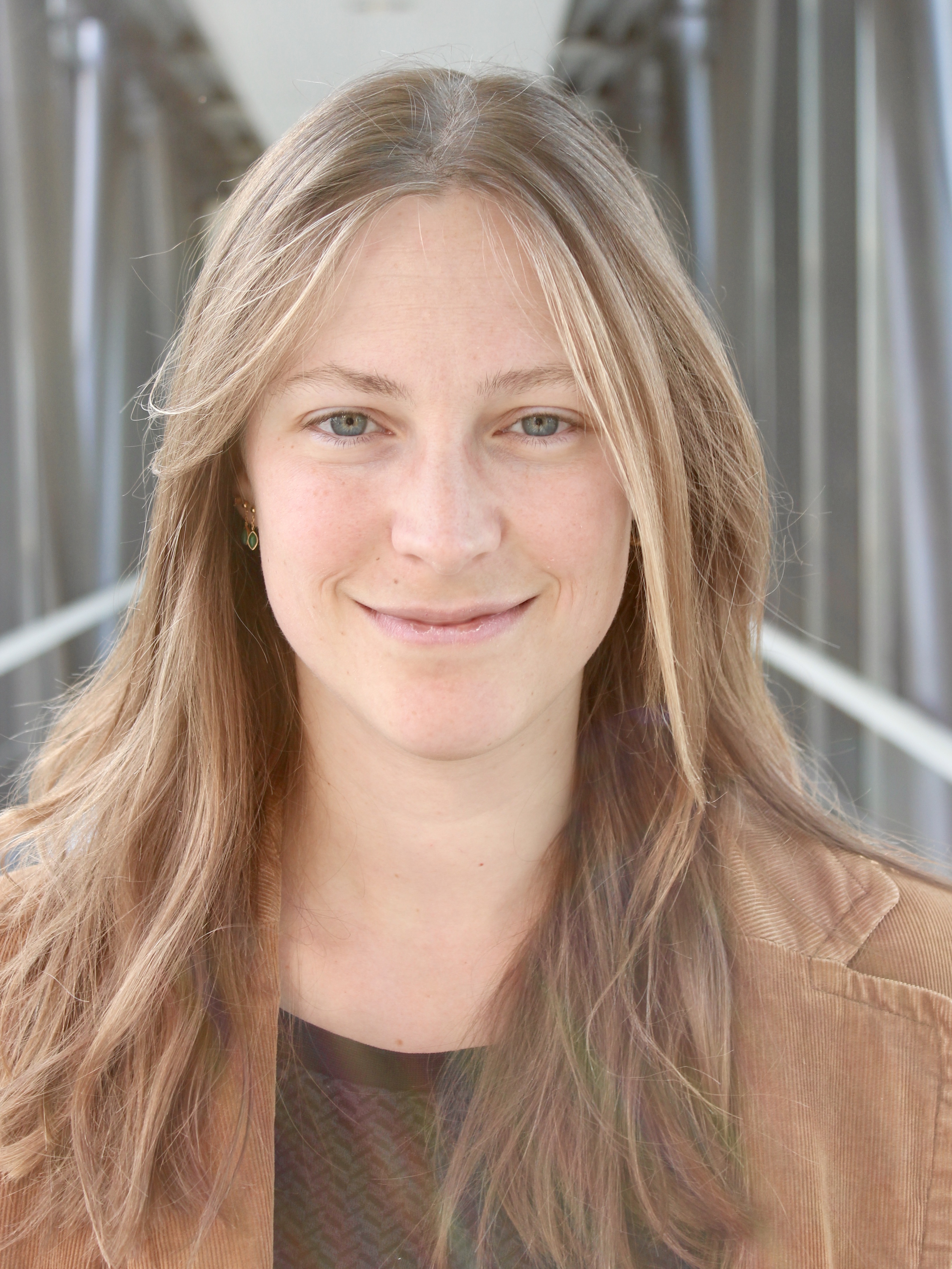ENS - PARIS SACLAY "Dynamic Growth and Shrinkage of the Salmonella-Containing Vacuole Determines the Intracellular Pathogen Niche." Cell Rep. 2019 Dec 17;29(12):3958-3973.e7. http://doi.org/10.1016/j.celrep.2019.11.049
Auteurs
Cv
Virginie Stévenin, 29-years old, completed her undergraduate studies in the Biology department of the Ecole Normale Supérieure of Cachan - now renamed “Paris-Saclay” and obtained her PhD in 2018. Her work under the supervision of Dr. Jost Enninga in the unit “dynamics of host-pathogen interactions” (Institut Pasteur, Paris France) focused on epithelial cell invasion by Salmonella and the main criteria used by Salmonella to target its host cell. In the publication “Dynamic Growth and Shrinkage of the Salmonella-Containing Vacuole Determines the Intracellular Pathogen Niche” published in Cell Reports, Virginie Stevenin and co-workers demonstrated that the balance between dynamic growth and shrinkage of the Salmonella-containing vacuole determines the bacterium's niche and replication rate. For this purpose, she developed a magnetic isolation technique to characterize the proteome of macropinosomes formed during Salmonella infection. This technique has been further applied to investigate the role of macropinosomes during Shigella infection. In 2018, she moved to the Leiden University Medical Center (LUMC - Netherlands) for her post-doctoral fellowship in the team of Pr. Sjaak Neefjes. Her current research aims to elucidate how Salmonella infection promotes colon tumor formation
Contact
Department of Cell and Chemical Biology, Leiden University Medical Center, Einthovenweg 20, 2333 ZC,
Leiden, Netherlands
This email address is being protected from spambots. You need JavaScript enabled to view it.
Résumé de l'article
Salmonella is a human and animal pathogen that causes gastro-enteric diseases. The key to Salmonella infection is its entry into intestinal epithelial cells, where the bacterium resides within a Salmonella-containing vacuole (SCV). Salmonella entry also induces the formation of empty macropinosomes, distinct from the SCV, in the vicinity of the entering bacteria. A few minutes after its formation, the SCV increases in size through fusions with the surrounding macropinosomes. Salmonella also induces membrane tubules that emanate from the SCV and lead to SCV shrinkage. Here, we show that these antipodal events are utilized by Salmonella to either establish a vacuolar niche or to be released into the cytosol by SCV rupture. We identify the molecular machinery underlying dynamic SCV growth and shrinkage. In particular, the SNARE proteins SNAP25 and STX4 participate in SCV inflation by fusion with macropinosomes. Thus, host compartment size control emerges as a pathogen strategy for intracellular niche regulation.




